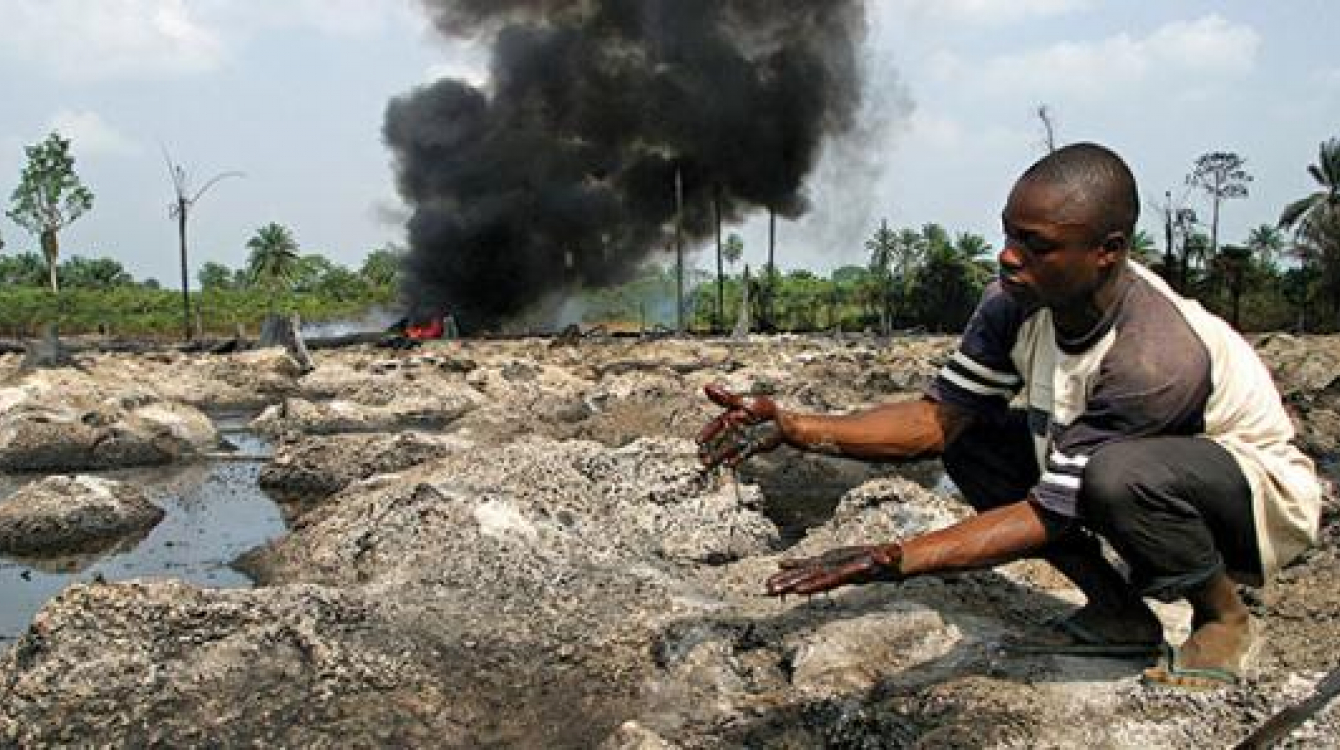A satellite image captured above Nigeria’s Niger Delta in 2021 revealed a swath of barren land near Port Harcourt—once lush farmland, now rendered unusable. This site was on a cleanup list maintained by the United Nations Environment Programme (UNEP), which aimed to restore lands scarred by thousands of oil spills. Instead, the site was left a desolate “moonscape,” according to internal U.N. documents.
Leaked records obtained by The Associated Press indicate that the Nigerian agency responsible for remediation, the Hydrocarbon Pollution Remediation Project (Hyprep), has fallen short on multiple fronts. UNEP investigators found that Hyprep hired contractors lacking relevant experience and sent soil samples to laboratories that did not have the necessary equipment to perform the tests. Auditors attempting to verify completed work were allegedly blocked from doing so. A former environment minister told the AP that many cleanup companies belong to well-connected politicians, a view shared by senior U.N. officials in meeting minutes.
Hyprep was launched following a major U.N. study that recommended a billion-dollar fund for Ogoniland, with Shell contributing a substantial portion. While the agency began with simpler sites, evidence from U.N. scientists revealed significant levels of residual contamination. Contract revocations and leadership shake-ups have done little to remedy structural issues, and a confidential U.N. assessment found that financial oversight was minimal. After years of advising Hyprep, UNEP ultimately ended its support in 2023, reportedly out of frustration with corruption and mismanagement—underscoring the need for genuine reform in the Delta’s cleanup effort.



